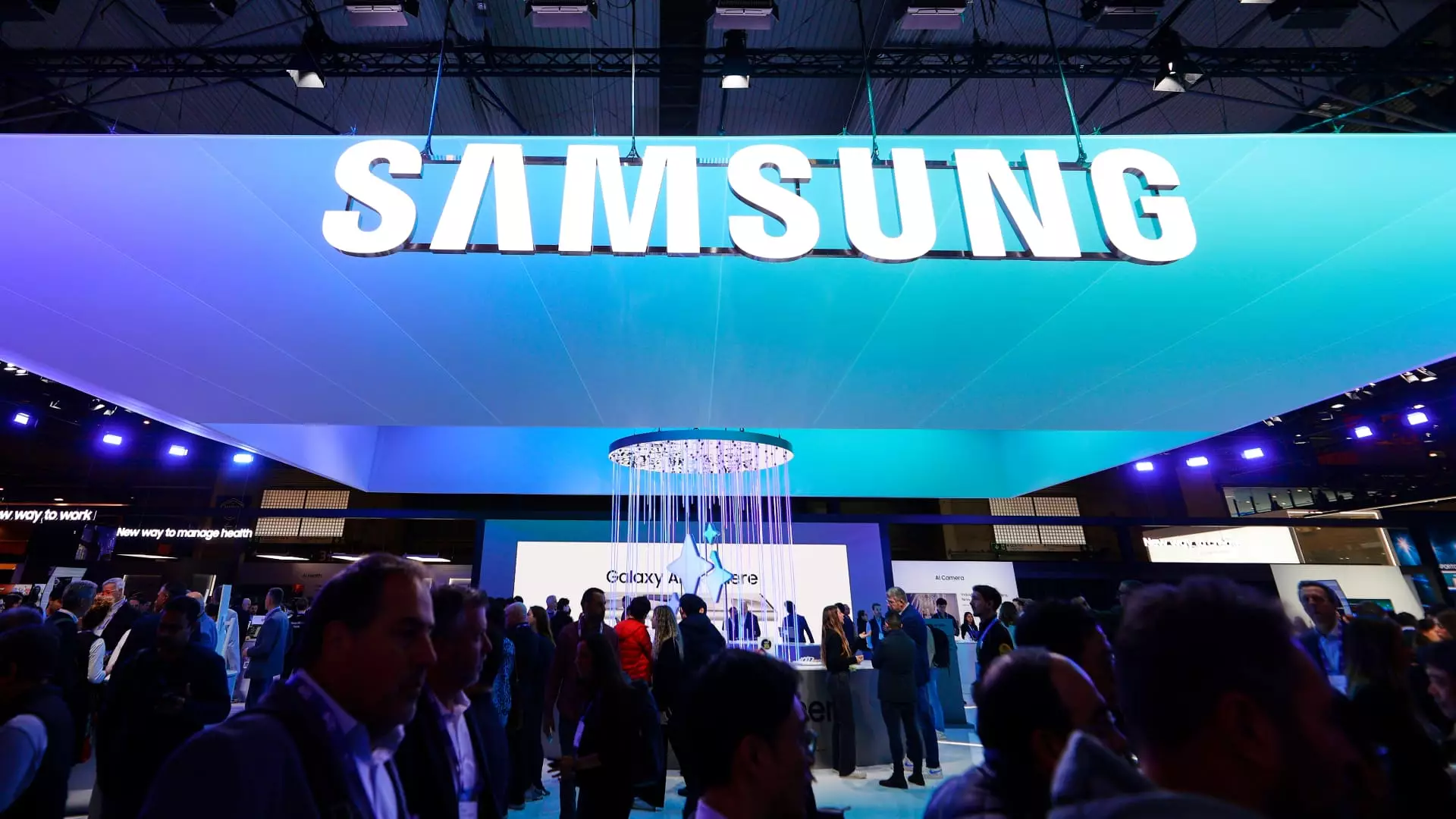Samsung Electronics recently witnessed a significant surge in its stock prices, reaching the highest level since January 2021. This spike comes as the South Korean tech giant announced better-than-expected profit projections for the second quarter of the year. The stock soared by as much as 2.24% on Friday morning, hitting a peak of 86,500 Korean won ($62.73), based on LSEG data. This upward trend marks a substantial increase from the previous closing price of 84,600 won on Thursday.
The company’s guidance for the April to June quarter indicates a projected operating profit of about 10.4 trillion won ($7.54 billion). This staggering figure represents a remarkable jump of approximately 1,452% from the 670 billion won reported a year ago. The anticipated operating profit surpasses the earlier estimate of 8.51 trillion won by LSEG. Moreover, Samsung foresees a substantial rise in revenue for the second quarter, with expectations ranging from 73 trillion to 75 trillion won, compared to 60.01 trillion won in the corresponding period last year.
After facing record losses in 2020 due to a slump in demand for memory chips and electronics, Samsung has witnessed a positive turnaround in its business fortunes. The resurgence can be attributed to the recovery in memory chip prices, driven by the growing demand for artificial intelligence. As a key player in the global memory chip market, Samsung’s products are widely utilized in various consumer devices, including smartphones and computers.
In its quest for sustained growth, Samsung has strategically positioned itself to capitalize on the rising demand for generative AI. The company anticipates that the second quarter will be primarily fueled by the robust interest in generative AI technologies, while maintaining stable performance in the mobile sector. Samsung’s Galaxy S24 Ultra smartphone, equipped with advanced AI-driven features for photo editing and online item searches, exemplifies its commitment to innovation in the AI space.
While Samsung has enjoyed a strong market position and revenue growth, challenges persist in the competitive landscape. Industry experts have highlighted concerns about Samsung’s lag in high-bandwidth memory (HBM) production, impacting its supply relationship with key partners like Nvidia. Despite its leading capacity and market share in memory chips, Samsung faces delays in qualifying for use in Nvidia’s AI processors, which could affect its competitive edge in the evolving AI chipset market.
As Samsung prepares to unveil detailed second-quarter results in the coming weeks, investors and analysts are closely monitoring the company’s performance trajectory. The strong showing in the second quarter, driven by AI demand and robust revenue projections, underscores Samsung’s resilience in navigating market fluctuations and technological advancements. Moving forward, Samsung’s strategic focus on emerging technologies like generative AI will play a pivotal role in shaping its long-term growth and competitive positioning in the global tech landscape.

